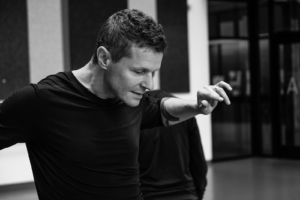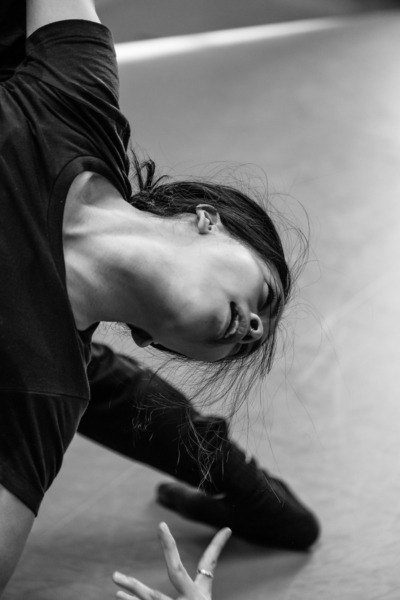On June 7 (& 8, 14 & 15) at the Cornish Playhouse, Whim W’Him will present a full evening meditation in dance on Antoine St Exupéry’s The Little Prince with original choreography by artistic director Olivier Wevers and music by composer Brian Lawlor. To arrive at its present form, the conception of This Is Not The Little Prince (on whose development I worked with Olivier in the pre-choreographic stages) has undergone a complex evolution. In several posts between now and showtime, I’ll be writing about the creative backstory of this project; the history of St Ex’s time; influences of the author’s life and loves on The Little Prince; and the indelible images of Belgian Surrealist painter René Magritte that have fed Olivier’s response to it in dance.
I’ve always thought, and still do, that The Little Prince is not really a book for young children. The central message—‘What is essential is invisible to the eye’—is something young children often do know, but the themes dealt with in St Exupéry’s story are adult ones (or at least for young adults): exile, loss, benighted/unrequited love, running away instead of staying to face problems, thoughts of suicide, grownups who have made stupid or limited or selfish choices about how to run their lives—all the things which lead children as they grow up to forget what they knew when they were small. In a way, the book advocates and vouches for the possibility of the impossible: facing and conquering adult problems while retaining the innocence, vulnerability and heart’s knowledge of a child. In the desert of the story, the Pilot is led to a well filled with real water by the faith of an innocent child-prince, who appears to believe that if you want and need something hard enough and slog away with sufficient intensity and desire to get it you will succeed. In real life, it ain’t necessarily so.
The layer of meaning that we (maybe anyone trying to make sense of and understand this book) add to the story is that the special quality the Little Prince possesses is a compound of creativity, imagination, and an instinct for how to evade getting side-tracked by literal-minded practicalities. That is what will save us from stagnation and a dull, rigid ‘normal’ life. And because the book opens with the Prince asking for a drawing, an act of imagination, of making art—and because it’s noted at once that the inability of the author/pilot to draw because his creativity/imagination were stifled in his childhood—maybe that’s a fair conclusion.
What is curious and problematic, though, and likely the source of its universal appeal to grownups, is the turn the book soon takes—away from a child’s point of view & needs and toward all the ‘adult’ themes/plot-elements mentioned above. Its basic lesson about the heart is, with reservations, one I accept, but the story’s examples and the behavior of the characters, esp the Little Prince himself, make it dubious as a tutorial in how really to run one’s life. It is a layered and interesting story, with some quite deep insights into human behavior, but it should stop being touted as a fairy tale (at least of the carefully sanitized happily-ever-after variety) for children and recognized for what it is: a parable for adults. If it’s any kind of fairy tale, it is more akin to the ancient fables once told to warn children of the real dangers lurking in the real forest outside their door. Or perhaps the 18th century Perrault versions, as in The Sleeping Beauty, in which the Princess outlasts romantic awakening, moving on to her groom’s castle where their children barely escape being cannibalized in the surrounding forest.



